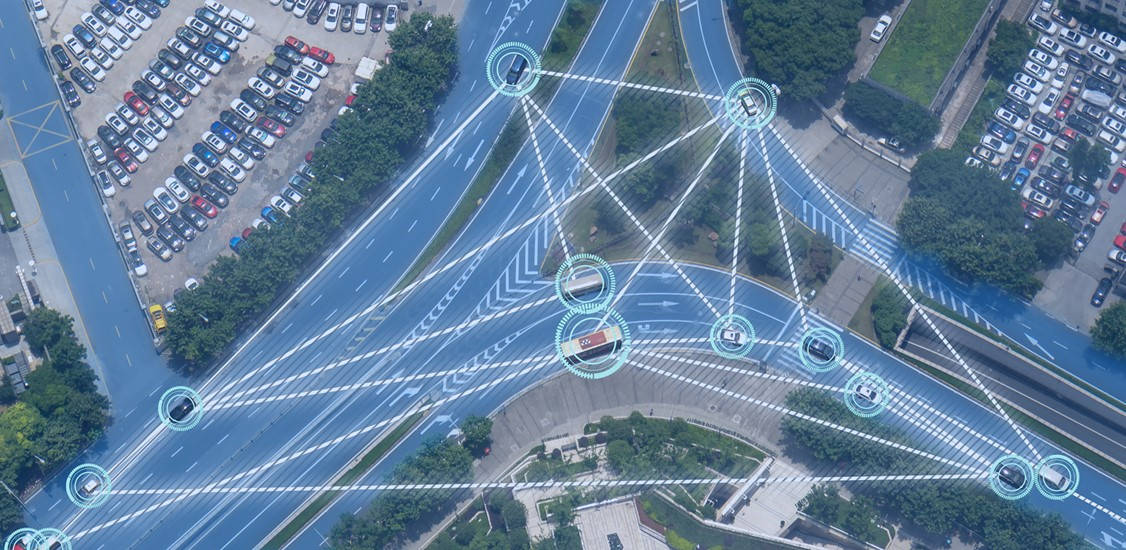By 2050, 75% of the world’s population will live in urban areas that are increasingly connected and powered by smart technologies. The Asia Pacific (APAC) region alone accounts for the largest share of spending in the Internet of Things (IoT) - the emerging technology that will take us closer to the smart cities of the future - and this is expected to grow to $59 billion by 2020.
Smart city applications will continue to enrich the lives of residents and make governments more efficient in responding to citizens’ needs. From security and convenience to revenue generation, smart city applications will change the way cities operate and the way we live and work. But it all starts with connectivity - smart city residents, vehicles, systems and applications must be connected, and this involves robust fiber infrastructure in all cases. Here are four key trends that will impact smart cities in 2019.
#1: Longer-term planning as opposed to traditionally near-sighted infrastructure planning
Companies have traditionally built out specific, siloed applications like surveillance cameras, smart lighting or traffic sensors, but in 2019 they will start to adopt a longer view and think about building a basic infrastructure to support all smart city applications. Without careful planning, the city will dig up the same streets every year or so to add infrastructure for each new application. For instance, installing basic security cameras on light poles without installing fiber connectivity would result in the painful and costly process of upgrading the connectivity network to enable adding small cells to those poles or implementing facial recognition applications for the cameras.

Jordan Zhu,
Director, Cell Site Solutions and Service Provider,
CommScope
To avoid having to upgrade networks in the future, city planners are now educating themselves about future possibilities, consulting with IoT vendors and network connectivity vendors, and working to develop a plan for the long term. For example, as part of Singapore’s Smart Nation Sensor Platform project, the Singapore government is looking to transform 110,000 of the city’s lamp posts into “smart lamp posts” using environmental and video sensors to monitor temperature and rainfall, detect loud sounds from road accidents, for example; and even serve as navigational beacons.
#2: Creative financing that combines government funding with public/private partnerships
In Europe and elsewhere around the world, many national governments are mandating and providing funding for large fiber build-outs. In North America, service providers, developers and local utilities are deploying parts of the civic connectivity infrastructure while the city facilitates permitting and planning for construction. Australia’s $50 million competitive Smart Cities and Suburbs Program supports projects that apply innovative technology-based solutions to urban challenges. The program encourages collaborative smart city projects that improve the lives, productivity and sustainability of Australian cities, suburbs and towns.
Electric utilities providers are also in a unique position to deploy fiber infrastructure because they already own rights-of-way and have existing overhead poles or underground conduits that can accommodate new fiber, so they can deploy fiber more quickly and at a lower cost.
#3: Network convergence
Network convergence is defined as the use of multiple communication modes on a single network that offers convenience and flexibility that are not possible with separate infrastructures. In the future, all networks are moving toward delivering high speed digital data from a data or processing source, through a high bandwidth or “broadband” network, to a wireless distribution point and reverse for the upstream.
In the past, service providers built separate wireless and wireline networks. Wireless infrastructure is becoming more centralized, so it makes more sense to converge all the wireless backhaul traffic onto the same fiber used by wireline services. The process of fiber network convergence is primarily driven by the development of enabling technologies, user demand and service providers’ capabilities. Large incumbent service providers have both wireline and wireless operations, so converging onto a single network and maximizing asset utilization makes excellent business sense and will be a push for 2019.
#4: The rise of 5G and smart city applications
The advent of 5G networks over the next couple of years is a major driver for fiber deployments. 5G will not only bring faster speeds, but also much denser small cell deployments due to distance limitations with millimetre wave technology and ultra-low latency applications at the edge. By providing the pole infrastructure and facilitating permitting, a city can speed the build-out of fiber-to-the-pole networks by utility companies or service providers.
5G will foster new smart city applications like parking, smart meters, public safety (surveillance cameras), traffic management, 5G small cell densification, waste management, and coordination of departments for emergency services. Large companies like Netflix, Uber and Grab were built because fiber and 4G mobile wireless infrastructure were there to support their services. With its increases in bandwidth and coverage ubiquity, 5G will drive similar innovations, but it will rely on fiber for transport to and from the rest of the city’s network.
Most cities will incorporate different providers’ networks in their overall infrastructure. The first step is to put all this fiber from different vendors in the same trench and in the same conduit. Some networks need to be private (for public safety), but cities can at least ensure that all networks use the same conduit and perhaps even the same fiber bundle.
Cities are implementing smart city applications because they improve efficiency, reduce costs, generate new sources of revenue, and most importantly, improve the lives of their citizens. By planning ahead, using creative funding approaches, and converging networks around citywide fiber rollouts, cities will move forward on the path to becoming smarter in 2019.




















